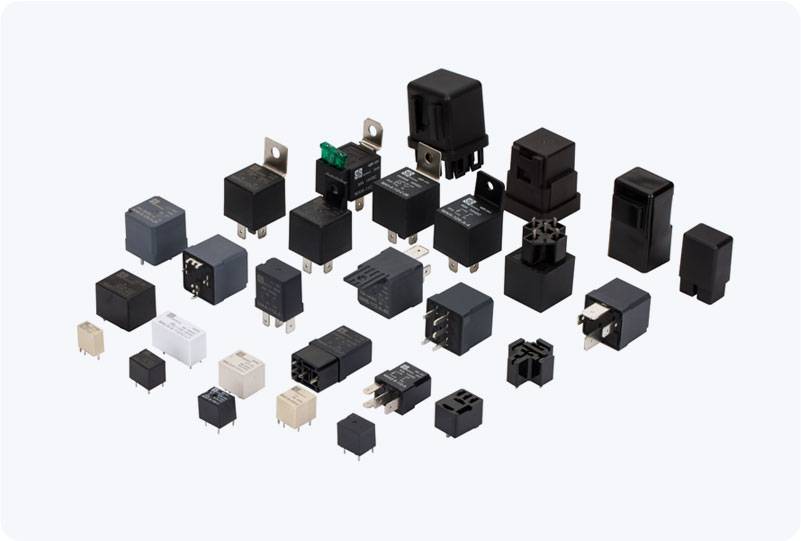the role of dc fast charging relay in electric vehicle charging systems
Release time:2025-07-22 10:38:24
As the world increasingly turns towards electric vehicles (EVs) for sustainable transportation, the need for efficient and reliable charging infrastructure becomes more apparent. One of the key components of this infrastructure is the DC Fast Charging Relay, a crucial device that ensures electric vehicles can be charged quickly and safely. This article explores the role and importance of the DC Fast Charging Relay in electric vehicle charging systems, shedding light on its function, features, and impact on the EV charging experience.

What is a DC Fast Charging Relay?
A DC Fast Charging Relay is an electrical component used in direct current (DC) fast-charging systems for electric vehicles. Unlike traditional alternating current (AC) charging, which is slower and often used for home charging, DC fast charging allows for much faster energy transfer directly into the vehicle’s battery. The relay functions as an essential part of the charging station's electrical system, acting as a switch to control the flow of power between the charging station and the vehicle.
In a typical DC fast-charging scenario, the relay connects and disconnects the charging circuit, enabling the safe transmission of high voltage DC power. This is essential because DC fast charging systems can operate at voltages that are much higher than those found in standard household electrical systems, sometimes reaching up to 800 volts or more. Therefore, the relay must be designed to withstand these high voltages while ensuring both the safety and efficiency of the entire charging process.

